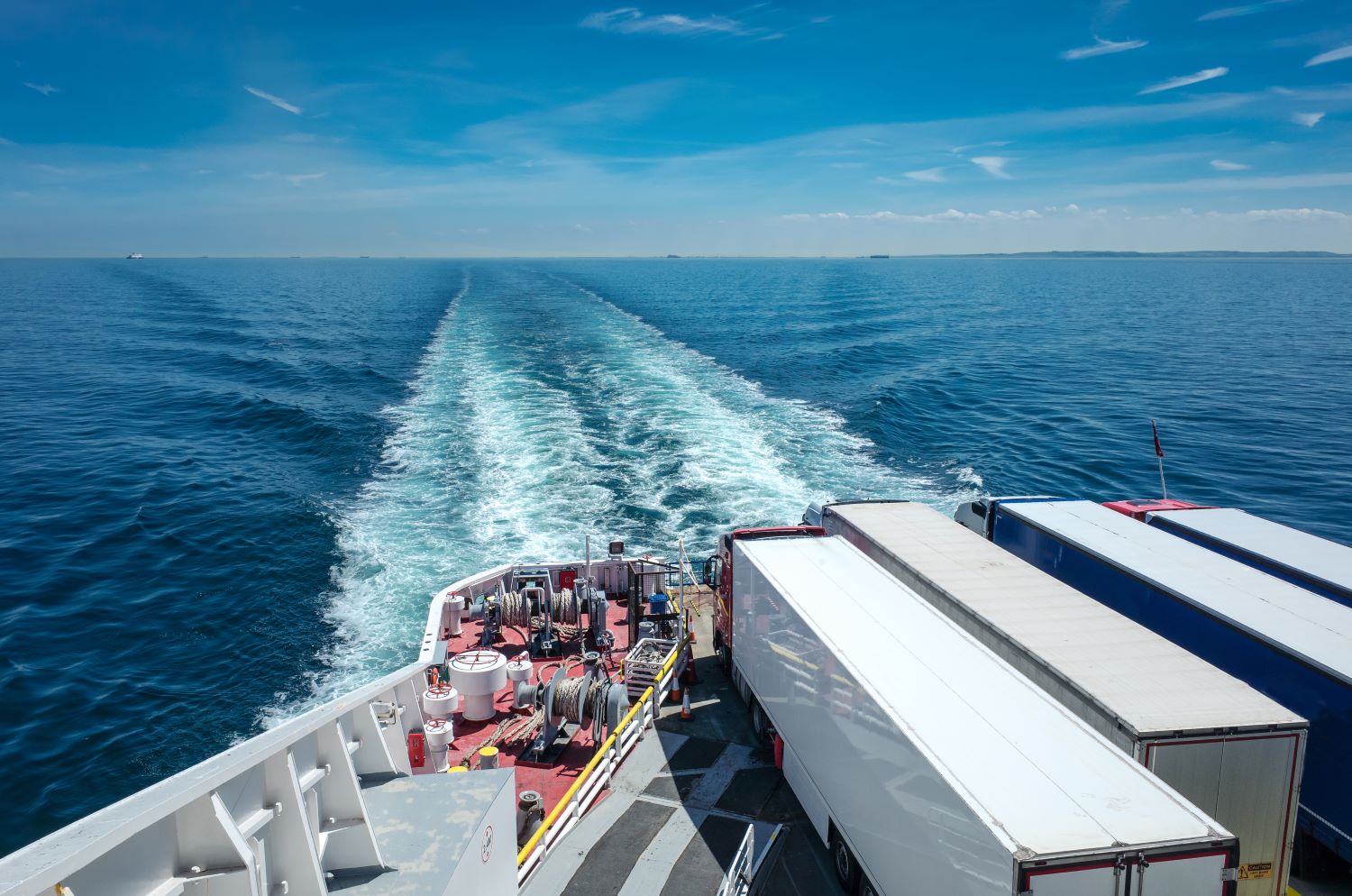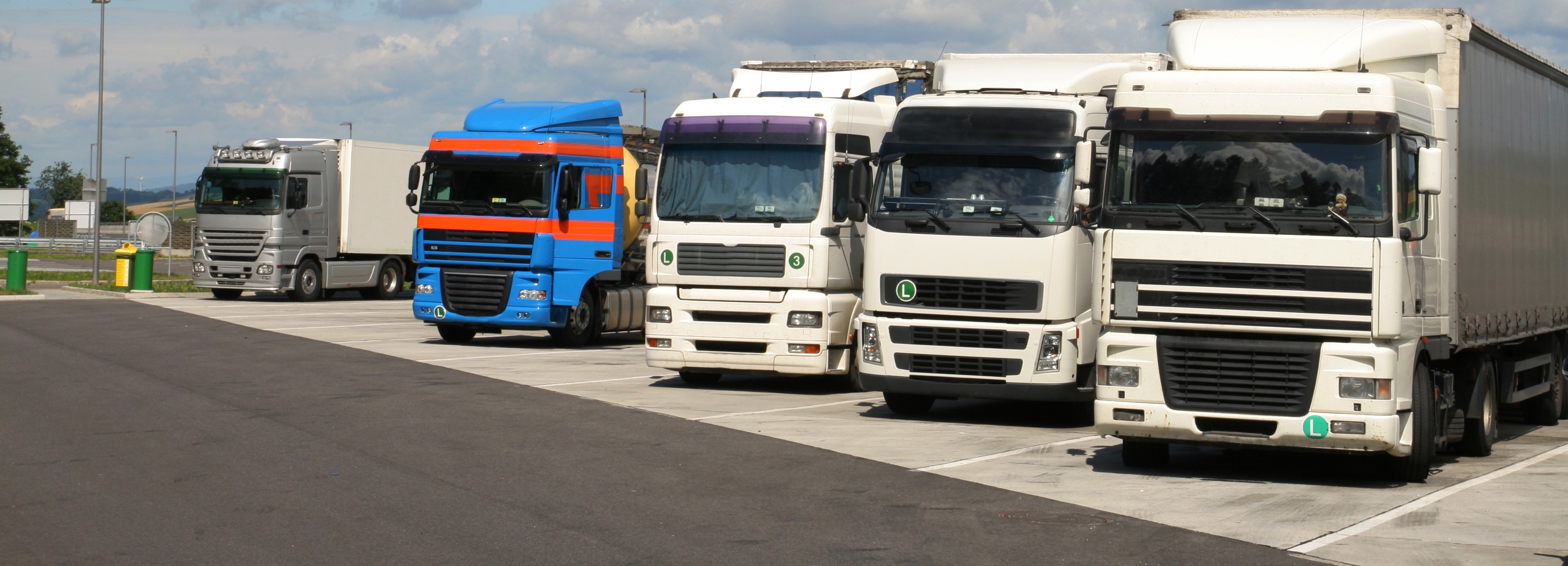
Susie Jones
Tot ce trebuie să știți despre sistemul de intrare/ieșire din UE
Creat: 14.10.2024
•
Actualizat: 14.10.2024
Programată să fie lansată în noiembrie, dar amânată din cauza îngrijorărilor, UE va introduce Sistemul de intrare/ieșire (EES). Sistemul va modifica cerințele pentru cetățenii britanici care călătoresc în spațiul Schengen, cerând tuturor persoanelor care dețin un pașaport britanic să înregistreze date biometrice, cum ar fi amprentele digitale sau o fotografie. EES va înlocui ștampilarea manuală a pașapoartelor atunci când vizitatorii intră în UE. Am adunat tot ce trebuie să știți înainte de această schimbare.
Ce solicită EES de la călători?
Orice țară care utilizează EES va solicita următoarele informații de la călători:
Locul de intrare și de ieșire
Data de intrare și de ieșire
Documente de călătorie.
Care sunt beneficiile?
EES are următoarele beneficii:
Acesta modernizează gestionarea frontierelor externe ale UE - îmbunătățind experiența celor care călătoresc.
EES combate frauda de identitate prin colectarea datelor biometrice.
Acesta poate identifica persoanele care depășesc termenul de ședere și furnizează date fiabile privind intrările, ieșirile și refuzurile.
Îmbunătățirea controalelor la frontieră, înregistrările electronice și datele biometrice vor consolida securitatea în cadrul UE.
Acesta asigură schimbul de informații în timp real - permițând autorităților de frontieră din întreaga UE să vadă informațiile corecte la momentul potrivit.
Care sunt preocupările?
Pe termen lung, noul SEAE va simplifica operațiunile și va aduce beneficii călătorilor din afara UE. Cu toate acestea, există mai multe preocupări legate de noul sistem:
Cel puțin trei țări din UE nu sunt pe deplin pregătite pentru lansare.
Mai multe țări ar putea să nu fie în măsură să introducă sistemul biometric avansat.
Sistemul nu a fost testat în mod corespunzător în portul Dover - unul dintre cele mai aglomerate puncte de trecere din Regatul Unit.
Lansarea inițială ar putea cauza întârzieri mai mari la punctele de control de la frontieră.
Întârzierile suplimentare ale lansării oficiale a SEAE ar putea eradica câteva dintre aceste preocupări.
Operatorii de vehicule grele de marfă din Regatul Unit și-au exprimat îngrijorarea cu privire la limita de 90 de zile din 180 de călătorii în spațiul Schengen - menținerea operațiunilor comerciale regulate în cadrul UE ar putea fi o provocare. Companiile de flote cu șoferi din afara UE s-ar putea confrunta cu restricții de călătorie sau amenzi dacă limita este depășită.
Cum se pot pregăti flotele și șoferii?
Flotele și șoferii nu pot face prea multe pentru a se pregăti pentru noul sistem - cea mai mare parte a pregătirii se va face personal în port. Cu toate acestea, flotele și șoferii pot lua următoarele măsuri pentru a asigura o tranziție fără probleme:
Atunci când rezervați călătoria, asigurați-vă că aveți toate informațiile necesare înainte de a vă deplasa în port.
Știți la ce să vă așteptați când ajungeți - diferențele practice înseamnă că procesul va varia în diferite locuri.
Acordați suficient timp pentru îndeplinirea formalităților premergătoare călătoriei - mai ales dacă călătoriți aproape de data de începere.

Ce țări vor utiliza EES?
Următoarele țări vor utiliza EES:
Austria, Belgia, Bulgaria, Croația, Cehia, Danemarca, Estonia, Finlanda, Franța, Germania, Grecia, Ungaria, Islanda, Italia, Letonia, Liechtenstein, Lituania, Luxemburg, Malta, Norvegia, Olanda, Polonia, Portugalia, România, Slovacia, Slovenia, Spania, Suedia, Elveția.
Când nu se aplică SEE?
Există mai multe excepții de la noua EES:
Cetățeni ai țărilor care utilizează EES (inclusiv Cipru și Irlanda).
Cetățeni din afara UE rude directe cu un cetățean UE. Aceștia trebuie să dețină un permis de ședere.
Orice resortisant al unei țări terțe care deține un permis de ședere sau un permis de rudenie imediată cu un resortisant al unei țări terțe poate călători în Europa ca un cetățean al UE.
Cetățeni cu permis de ședere sau viză de lungă ședere.
Cetățenii din Andorra, Monaco și San Marino.
Persoanele care dețin un pașaport eliberat de Statul Cetății Vaticanului sau de Sfântul Scaun.
Orice persoană exceptată de la controalele la frontieră (cum ar fi șefii de stat sau lucrătorii transfrontalieri)
Cetățenii care dețin un permis de mic trafic de frontieră valabil.
Echipajul trenurilor de călători și de marfă pe cursele internaționale de legătură.
Persoanele care nu sunt obligate să treacă frontierele externe se prezintă numai la punctele de trecere a frontierei în timpul orelor fixe de deschidere.
Ce se întâmplă dacă nu furnizez datele mele?
Dacă nu furnizați informațiile personale solicitate, vi se va refuza intrarea în țările UE care utilizează EES. Pentru companiile de flote, acest lucru ar putea duce la o pierdere de venituri dacă șoferii lor nu furnizează informațiile relevante.
Am nevoie de un pașaport biometric în cadrul noii SEAE?
Atât pașapoartele biometrice, cât și cele non-biometrice sunt acceptate în cadrul noii SEAE. Sistemele automatizate de trecere a frontierei necesită un pașaport biometric.



